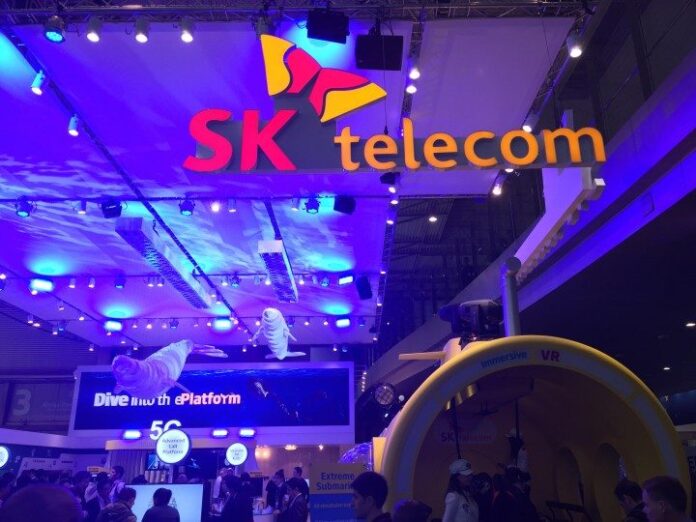The ELAA demo used 2.6 GHz licensed spectrum band and 5 GHz unlicensed spectrum band
Qualcomm and SK Telecom are claiming the first over-the-air demonstration of enhanced licensed assisted access and licensed assisted access that utilizes both licensed and unlicensed spectrum.
The demo took place at SK Telecom’s corporate research and development center in Bundang, Korea.
By increasing data speeds in both uplink and downlink, ELAA technology is designed to aggregate licensed and unlicensed spectrum to create a wider data pipe in both directions. The technology is an evolution of LAA, which used the unlicensed spectrum to boost the data speed in the downlink direction only. The combination of licensed and unlicensed spectrum is expected to be a major aspect of future “5G” networks.
The two firms used the 2.6 GHz licensed band and 5 GHz unlicensed band to carry out the demonstration. During the demo, a baseline was first established using only Wi-Fi users, of which some were then switched from Wi-Fi to LAA/eLAA while others remained on Wi-Fi. The trial demonstrated that the users who remained on Wi-Fi were unaffected by those who switched to LAA/ELAA. This effectively demonstrates that LAA/ELAA shares the unlicensed spectrum fairly with Wi-Fi.
In June 2015, the Korean telco launched “Band LTE Wi-Fi” service based on multipath transmission control protocol technology combining LTE and Wi-Fi traffic to enable downlink rates up to 1.17 gigabits per second. With this new trial, SK Telecom will now be able to choose from two available technologies to combine unlicensed spectrum with existing LTE spectrum, ELAA and MPTCP.
SK Telecom also is focusing on further LTE-Advanced Pro technology development based on new frequency bands to deliver faster data rates.
“A flexible combination between licensed and unlicensed spectrum is necessary to enable high-quality massive 5G service,” Jin Hyo Park, head of network technology at SK Telecom, said. “We will lead the network innovation toward LTE-A Pro and 5G, including combining licensed and unlicensed spectrum technologies such as eLAA and MPTCP.”
Vodafone Australia to shut down 2G network infrastructure by end-September 2017
Australian operator Vodafone announced plans to switch off its 2G network by the end of September 2017.
The telco launched a 12-month campaign to move its remaining 2G users off the network.
Vodafone Australia said its 2G network currently represents less than 1% of the operator’s data traffic and around 2% of its voice traffic. Vodadone’s 4G network currently accounts for approximately 80% of the telco’s total data traffic. Vodafone launched commercial 2G services in Australia in 1993.
Rival operators Telstra and Optus plan to switch off 2G network infrastructure in December 2016 and April 2017, respectively.

